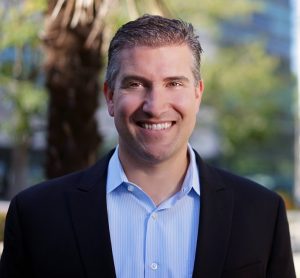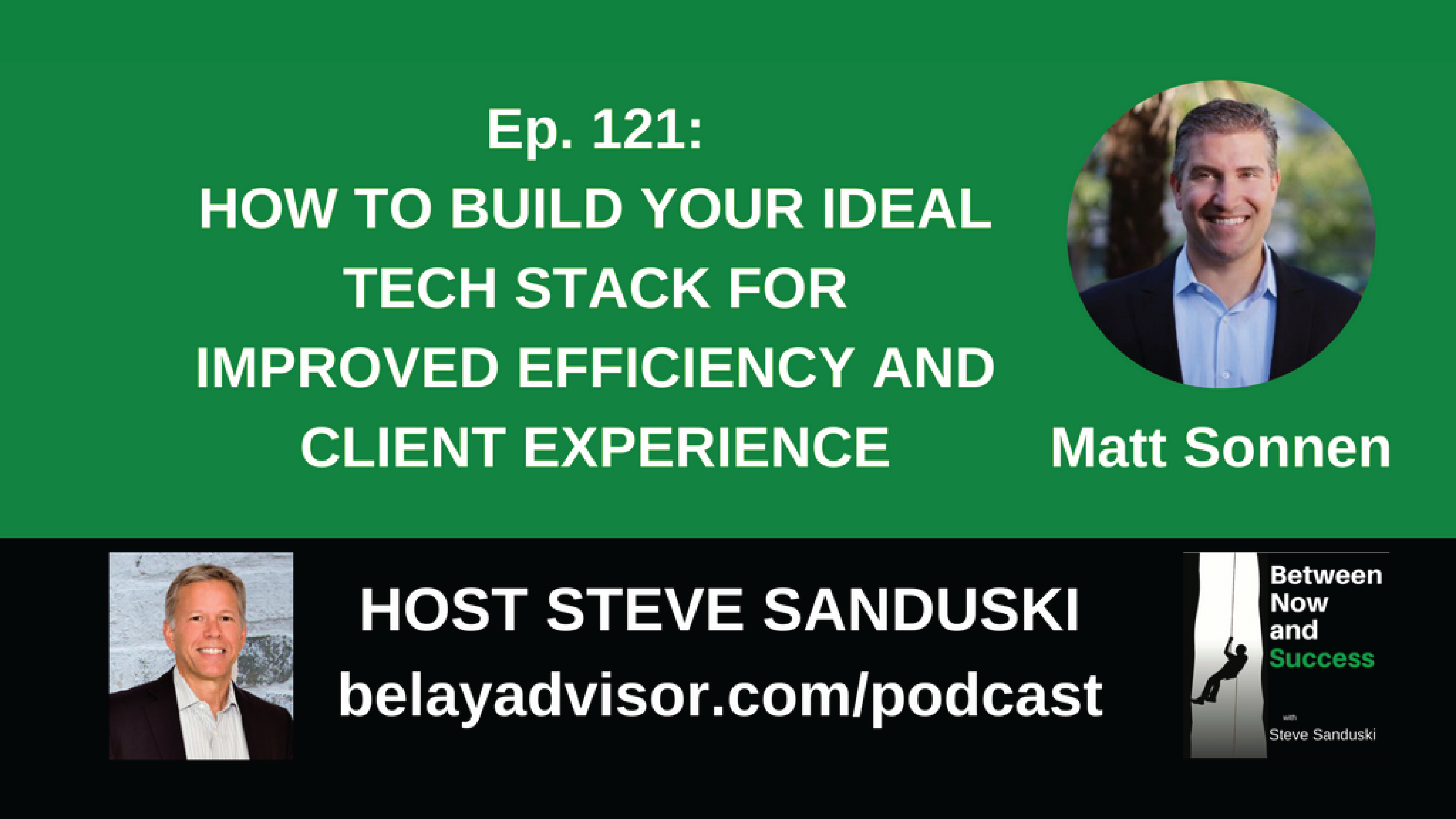With the accelerating pace of technological change, how can you be sure you are making the right technology choices? What should your tech stack look like?
One of the biggest changes in the financial advisory business over the past 10 years or so has been the rise of technology. Now, of course, technology has always been a part of the business — as anyone who, like me, struggled with Advent Access performance reports in the 1990s can attest. But the accelerated rate of technology change in the last 10 years has been amazing. Unfortunately, for many financial advisors, the rate of change, and the number of choices available, has also been overwhelming.
My guest today, Matt Sonnen, is the founder and CEO of PFI Advisors. Matt’s firm works with billion-dollar breakaway advisors who are looking to set up their own firms. In our conversation, Matt and I sorted through the tech stack that advisors need to run a top-notch firm and compete in today’s marketplace. We “name names” to help you figure out which companies and products will offer the best solutions for your practice.
5 Tech Stack Insights from Matt Sonnen
1. The “big five” components all advisors need to master.
“You need a Custodian to hold the assets. You need a Reporting provider/performance reporting engine. You need a CRM. If you’re running model portfolios, you need a Trading and Rebalancing system. Then you need a Financial Planning tool, as well. Those are the five big ones.”
2. Stumbling Block 1: Poor integration.
“Many advisors come to us and they have all the tech stack components in place, they just have never built the integration between those pieces. So, when a client changes their address, they’re entering it three of four different places, rather than just one and having the data flow through. Fixing their problems can be pretty simple: ‘Let’s just keep your technology stack, but let’s just make sure it’s talking better to one another.’
I always put the reporting system in the center of the stack. Some firms put the CRM in the center, and we’ve worked with both. But I usually put the reporting system in the center. That’s where the advisors are going to live. The support staff will probably live in the custodian interface, because that’s where you’re re-ordering checks, and you’re journaling between accounts, and you’re sending wires. But the advisors, when they want to just look at a household and see, ‘What’s the asset allocation? What’s the performance?’ they’re usually just living in the reporting system. So, that’s usually the engine. Then the data will flow from the custodian into the reporting system, and that’s what shoots the data into your other components, into your CRM, into your trading system, into your financial planning tool, etc.”

Matt Sonnen: I just don’t think people want to manage their portfolios themselves through an iPhone app.
3. Stumbling Block 2: Old tech stack that hasn’t kept pace with the growth of the business, or the industry.
“Advisors will come to us and say, ‘You know, we started ten years ago and we’ve never done a technology refresh. We started at $400 million, we’re now at $1.2 billion, and you can literally see the springs flying out of the system when we hit generate report.’ Whatever they were using ten years ago just hasn’t stayed with the times and they need one or two of those five pieces upgraded.
As the industry has evolved and the size of each RIA is slowly creeping larger and larger, the biggest piece, the thing you need most out of your reporting system is, ‘Can I pull data from multiple sources?’ I’ve got clients with assets at Schwab. I’ve got clients with assets at Fidelity. It’s so powerful to sit down with a prospect and sell them on your capabilities. They say, ‘That’s great. But boy, it’s going to be a hassle to reset my bill pay, get a whole new checkbook. I’ve already gotten comfortable logging into where my assets are sitting now. Can I just leave them there?’ To be able to say, ‘Absolutely, here’s my advisory agreement. Just sign, and I’ll call that custodian and I’ll just have the data pumped into my system and we’re off to the races.’”
4. Stumbling Block 3: One size doesn’t fit all.
“I always joke, ‘The greatest thing about Salesforce is it can do anything. The worst thing about Salesforce is it can literally do anything.’ As long as you are really going to use it as your hub, and it’s more than just client information. If you’re going to get a full integration into your reporting system, if you’re going to start viewing portfolios through the CRM. If you’re really going to be assigning tasks, and if you’re going to do email campaigns, etc. That’s my rule of thumb. If you’re going to run your business through the CRM, you definitely want something as robust as Salesforce. But, a lot of people just hear that they need Salesforce, because they say, ‘I just need somewhere to house my client contact information.’ I think it’s overkill.
Other advisors will come to us and say, ‘We’ve got this super expensive trading system.’ But when I dive deep into how they’re running portfolios, how they’re dealing with their clients, I tell them, ‘You just have the wrong stuff here. We don’t need that.’ They’re really not running trades across their entire client base so they’re wasting a lot of money there. You don’t need a Ferrari if you’re just taking the kids to and from school.”
5. Beat the robos by not being a robo.
“I think the way you fight robos is not with more technology. I think you fight the robos with a more human touch and more customization, and more hands-on advice and financial planning, and helping clients with their goals. The robos, at a high level, are nothing more than a rebalancing tool and most RIAs have that. Using technology to offer customized solutions and high-touch service for your clients is how you really battle the robos. I just don’t think people want to manage their portfolios themselves through an iPhone app. I think having access to the information at any time, at a few keystrokes on my phone is fantastic, but I just think that people want some hand-holding and some reassurance that they’re headed in the right direction for their goals.”
Listen to podcast here.

